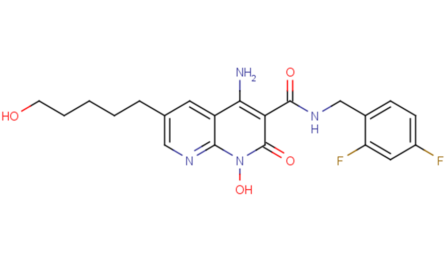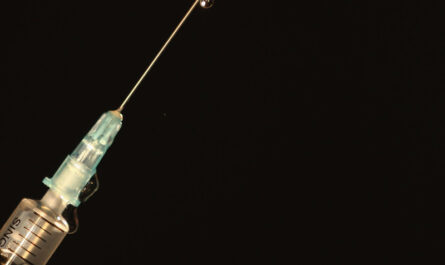
Scarring on the skin can occur due to various reasons like injuries, burns, acne breakouts etc. While some scars fade away on their own over time, others may require medical intervention. Here are some effective scar treatment options available to reduce the appearance of scars.
Causes of Scarring
Scarring occurs when the skin is damaged in ways that disrupt the normal healing process. Some common causes of scarring include:
– Accidental cuts or lacerations: Deep cuts caused by accidents can leave noticeable scars as the skin heals itself. Cuts from sharp objects are more likely to scar compared to superficial cuts.
– Burns: Burns damage multiple layers of the skin. The extent of scarring depends on the degree of the burn. Second and third degree burns often lead to raised or sunken scars.
– Acne breakouts: Popping pimples, picking at skin or severe acne can lead to pitted or indented scars, especially around the face, chest or back.
– Surgeries and medical procedures: Operations, biopsies or draining of cysts and abscesses may result in linear scars at the incision sites.
– Skin conditions: Diseases like chickenpox, herpes or cystic acne can cause pitted pockmark scars all over the body.
Topical Scar Treatment Options
Several scar-reducing creams and gels are available over-the-counter or through prescription to improve the appearance of scars. They work by speeding up the skin’s natural healing process.
– Silicone gel sheets: These flexible gel sheets act like a second skin when placed on new scars. They improve collagen production for softer, flatter scars.
– Vitamin E oil: Being a potent antioxidant, vitamin E aids wound healing and skin regeneration. Massaging a few drops into scars helps fade them.
– Retinoids: Cream formulations containing retinoic acid expedite cell turnover. This promotes scar remodeling and makes them less noticeable.
– Hydrocortisone creams: Anti-inflammatory corticosteroids reduce scar tissue swelling and helps flatten raised scars over time.
– Keloid treatment creams: Specialized cream formulas with ingredients like onion extracts or antifungal agents are effective for managing hypertrophic or keloid scars.
The scar treatments need to be applied as per instructions for several weeks or months to see noticeable improvement. Consistency is the key for topical therapies to work well. Sunscreen use must also be continued to prevent darkening of fading scars.
Non-Invasive Procedures
For stubborn scars that do not respond sufficiently to creams, non-surgical procedures may be considered after consulting a dermatologist. These include:
– Scar revision: A dermatologist reshapes raised or widened scars with small sterile blades or lasers to make them lie flatter on the skin.
– Laser treatment: Pulsed dye laser, fractional CO2 laser or picosecond laser resurfacing removes scar tissue layers. This stimulates new collagen to form in a more organized pattern.
– Microneedling: Also called collagen induction therapy, it uses small sterile needles to prick the skin thousands of times. This controlled skin injury triggers collagen remodeling under scars.
– Chemical peels: Stronger peels containing trichloroacetic acid, phenol or other acids peel away scar tissue. This improves texture when followed by moisturizing.
– Corticosteroid injections: An anti-inflammatory steroid is injected into raised scars to flatten them over weeks with minimal side effects.
These procedures require multiple sessions spaced 4-6 weeks apart for cumulative effects. Patients see 40-60% improvement usually within 3-6 months.
Surgery for Scar Revision
In some cases where scarring causes functional issues, cosmetic concerns or refuses to respond to other treatments, surgical revision may be advised. Common procedures include:
– Scar excision: The surgeon removes wide, raised or thickened scars and stitches the incision for a better closure.
– Grafting: Skin grafts or fillers are used to reconstruct deep contours altered by wide scarring from burns or trauma.
– Scar camouflage procedures: Dermabrasion or laser resurfacing followed by grafting with surrounding healthy skin helps camouflage prominent scars.
– Scar contracture release: For scars limiting joint mobility, incisions are made to release tight bands of scar tissue.
While surgery provides great improvement, scars still typically form albeit refined ones. Multiple procedures may still be needed based on individual healing. With appropriate scar treatment based on its cause and appearance, significant reduction in its appearance and signs can be achieved. Early detection and management gives the best cosmetic outcome.
*Note:
1. Source: Coherent Market Insights, Public sources, Desk research
2. We have leveraged AI tools to mine information and compile it


